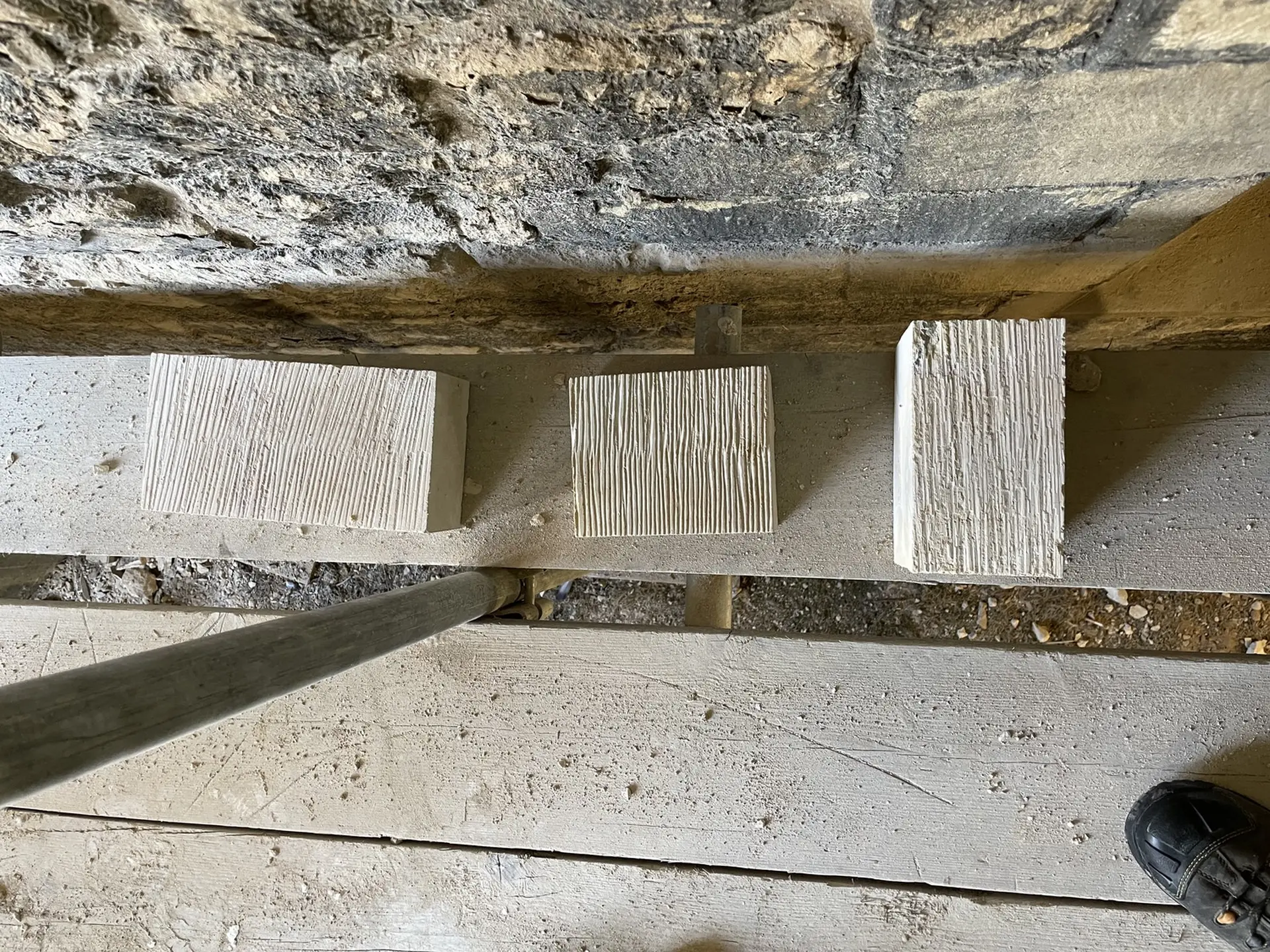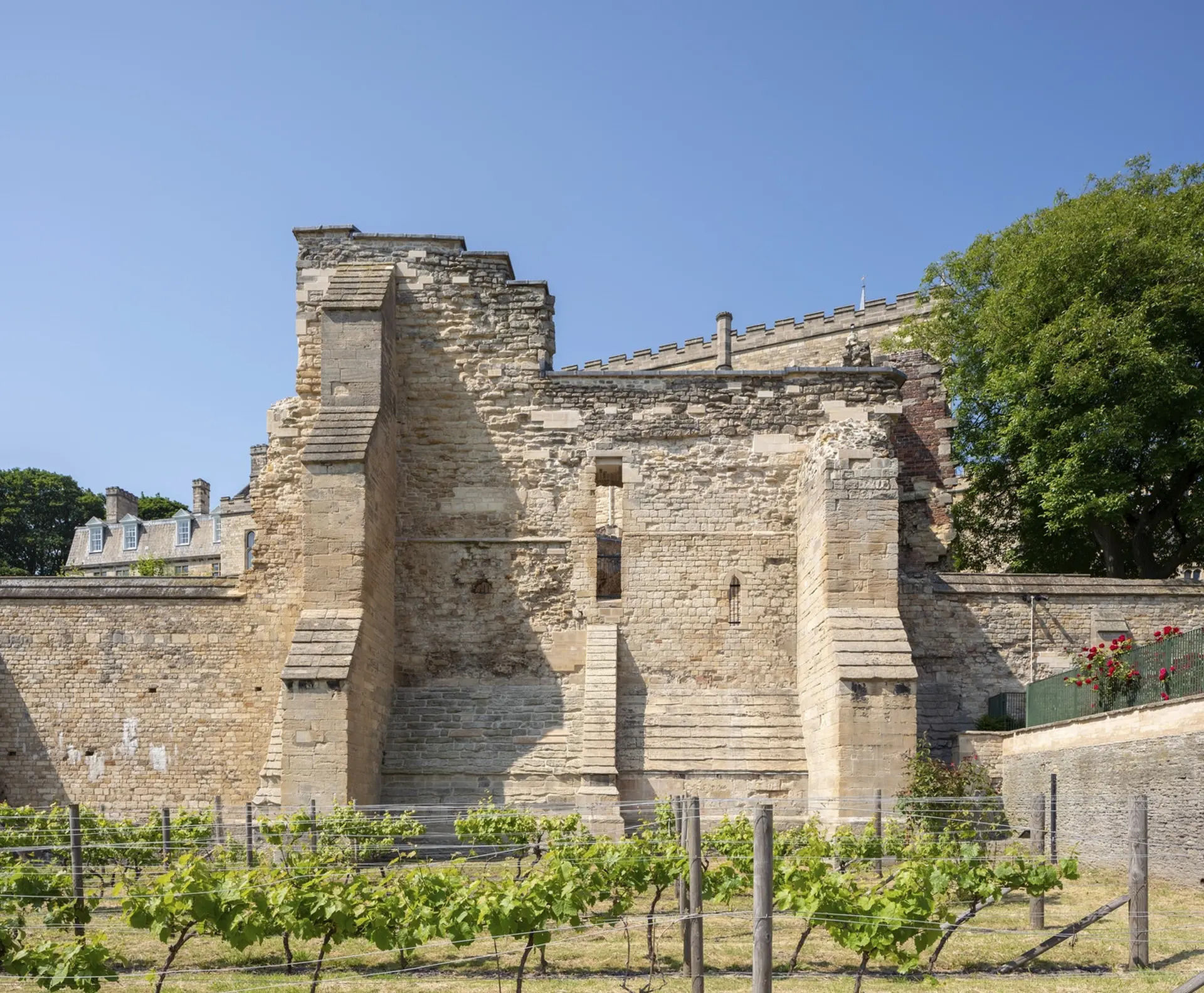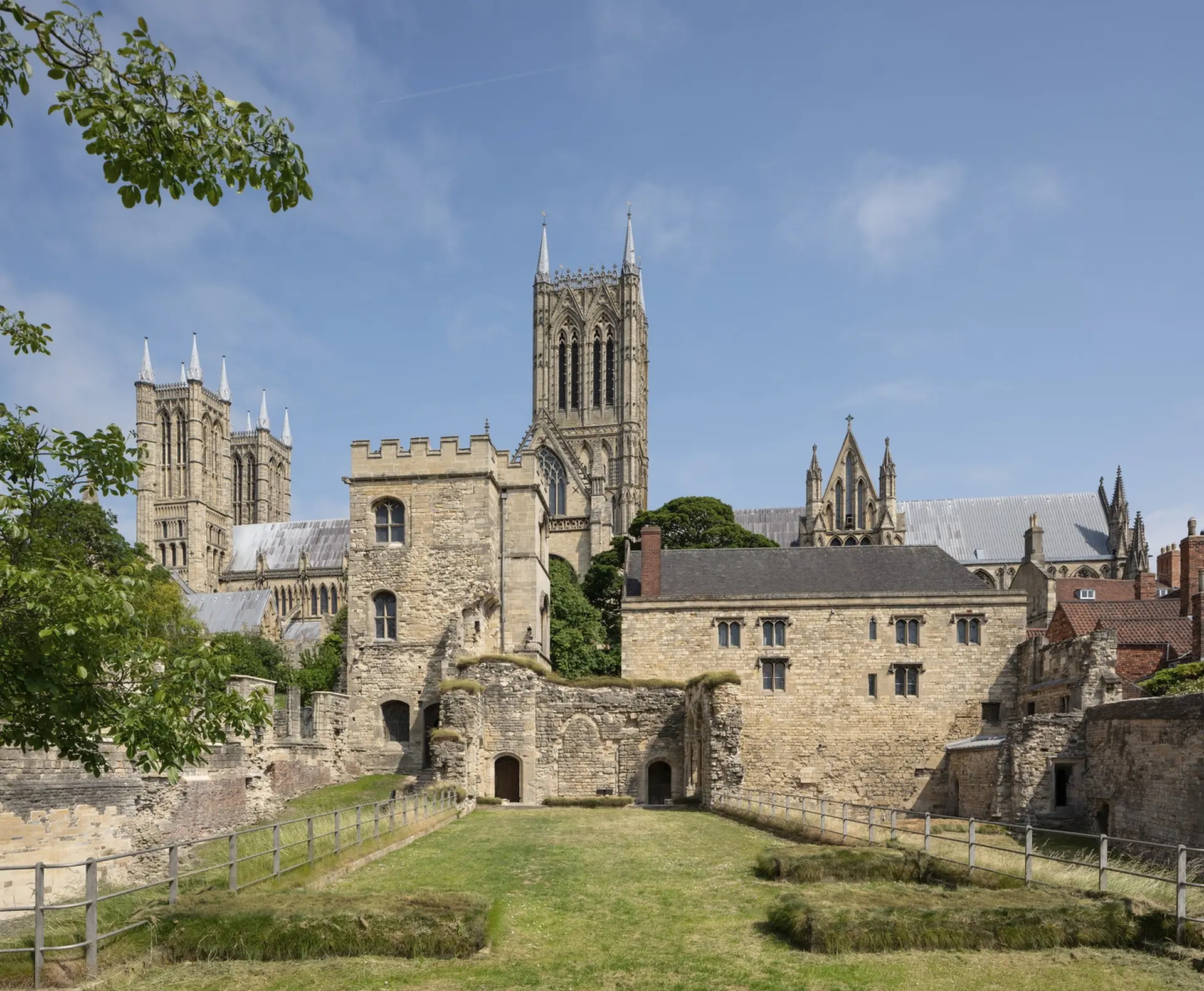
Lincoln Medieval Bishops' Palace
Lincoln, East Midlands
AABC Conservation Awards Citation
The medieval palace of Lincoln Bishops Palace, nestled south of Lincoln Cathedral, is a historical treasure steeped in architectural significance and rich in cultural heritage.
Managed by English Heritage and held in Guardianship since 1954, these ruins embody centuries of history and medieval grandeur. Comprising the east and west ranges, kitchen, Alnwick tower, stable block (now serving as the site’s ticket office), and undercroft of the chapel, the palace ruins offer a glimpse into the opulence of the past. Despite their dilapidated state, these remnants are integral to the larger seigneurial and religious complex that has graced the Lincoln hillside since the late eleventh century. As one of the most magnificent episcopal residences of medieval England, the palace ruins hold immense archaeological importance. In recognition of its importance, the conservation efforts have been meticulous and multifaceted.
The preservation philosophy is rooted in an evidence-based approach, eschewing rigid uniformity in favour of tailored solutions informed by sound technical evidence. The conservationists have grappled with numerous challenges, from the damaging effects of harsh weather conditions to the consequences of past restoration attempts. One of the key challenges faced was vegetation intrusion, with plants like Valerian and Buddleia causing extensive damage to the masonry. The removal of vegetation required sustainable herbicides and careful excavation to mitigate root penetration. Additionally, the conservationists addressed issues of masonry deterioration, employing techniques such as de-scaling and stone replacement to restore structural integrity. A crucial aspect of the conservation efforts involved selecting appropriate materials and techniques to ensure compatibility and sustainability. Rigorous testing and research were conducted, including trials with nanolimes for consolidating limestone surfaces. These endeavours reflect a commitment to innovation and best practices in heritage conservation.
The restoration of the palace ruins not only preserves tangible heritage but also contributes to the cultural landscape of Uphill Lincoln, enriching the city’s architectural tapestry. By balancing preservation with innovation, the conservationists have ensured that future generations can continue to marvel at the splendour of Lincoln Bishops Palace, connecting with the past while embracing the possibilities of the future.
Judges’ Comments: “Lincoln Medieval Bishops’ Palace showcases excellence in conservation technique and highlights the importance of meaningful engagement between the client, architects and conservators.”




















Photography Credits & Captions
all noted in filenames. photographer Gavin Stewart or Buttress Architects as noted.
Overall Result
Highly Commended
Application Type
Conservation
Primary Use Class
F1(c) Museums
Secondary Use Class
None
Credits
Applicant
Buttress Architects
Conservation Architect
Buttress Architects
Client
English Heritage
Main Contractor
Messenger BCR
